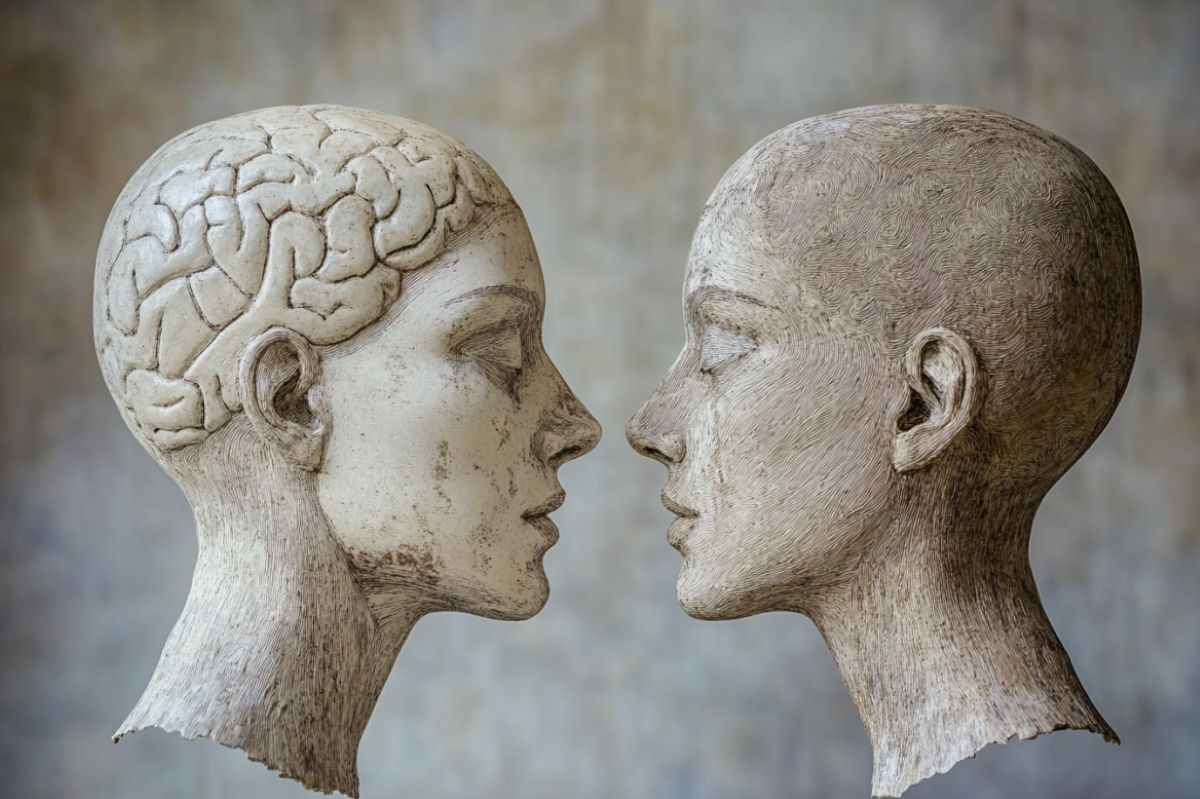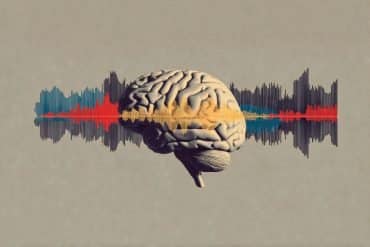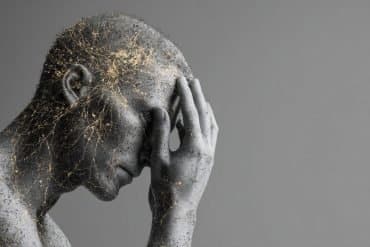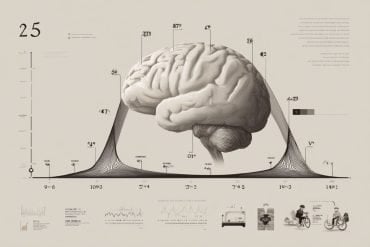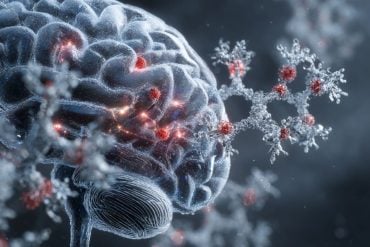Summary: Researchers have discovered how the brain’s neural circuits regulate imitative behavior, a key component of social interaction. Using a non-invasive brain stimulation technique, the study shows how specific motor circuits either enhance or inhibit imitation, shedding light on potential clinical applications.
This research could lead to therapies for improving cognitive performance and managing social dysfunction. By manipulating brain plasticity, scientists aim to better understand and control automatic imitation behaviors.
Key Facts:
- Imitation’s Importance: Imitative behavior is key to social interactions and influences group dynamics. It can have both positive and negative effects on social behavior.
- Neural Circuits: Different circuits in the brain’s motor system serve distinct roles in imitation, with some enhancing automatic mimicry and others exerting cognitive control to inhibit inappropriate imitation.
- Advanced Technique: The study used cortico-cortical paired associative stimulation (ccPAS) to manipulate brain connectivity, highlighting the role of the ventral premotor area, supplementary motor area, and primary motor cortex.
Source: University of Bologna
An international team of researchers, led by scientists from the University of Bologna has investigated the neural mechanisms underlying imitative behaviour: a phenomenon that facilitates interaction and social cohesion and allows people to engage spontaneously with others.
The study – published in Proceedings of the National Academy of Sciences (PNAS) – has uncovered new insights into how the brain regulates this behaviour, opening up new perspectives for clinical and therapeutic applications.
“Our findings open up new avenues for understanding how brain plasticity can be manipulated to increase or decrease imitative behaviour and make people less sensitive to interference during task performance,” explains Alessio Avenanti, professor at the ‘Renzo Canestrari’ Department of Psychology at the University of Bologna, who coordinated the study.
“This could lead to therapeutic applications to improve cognitive performance in patients with neurological impairments and social dysfunction disorders”.
WHAT IS AUTOMATIC IMITATION?
Imitative behaviour underlies many complex social interactions and can influence interpersonal relationships as well as group dynamics. Moreover, automatic imitation can have negative consequences and often needs to be controlled: to save a penalty kick, for example, a goalkeeper has to inhibit the imitation of the forward’s movements.
“Automatic imitation is a pervasive behaviour in everyday life: think of when we see someone yawn and immediately feel the urge to do the same, or when we notice that our speech or facial expressions adapt to those of a friend we are talking to,” confirms Sonia Turrini, a research fellow at the Department of Psychology ‘Renzo Canestrari’ at the University of Bologna and first author of the study.
“Understanding the mechanisms behind this phenomenon can therefore provide new perspectives on social behaviour, which is the context in which most of our daily lives unfold”.
AN ADVANCED BRAIN STIMULATION TECHNIQUE
It is known that the motor system is constantly involved in the automatic imitation of actions, facial expressions and speech, but the precise, and potentially distinct roles of different cortico-cortical circuits within the motor system remain to be clarified.
To shed light on this, the researchers used an advanced non-invasive brain stimulation technique called ‘cortico-cortical paired associative stimulation’ (ccPAS), which Prof. Avenanti’s research group helped to develop.
“Thanks to this stimulation technique, it was possible to target the plasticity mechanisms of the brain connectome, the comprehensive map of neural connections in the brain,” explains Prof. Avenanti.
“By temporarily enhancing or hindering communication between different areas of the motor system, it was possible to pinpoint the causal role of the different circuits in facilitating or inhibiting the phenomenon of automatic imitation”.
THE EXPERIMENT
The study involved 80 healthy participants divided into four groups, each of which was subjected to a different ccPAS protocol. Each participant performed two behavioural tasks, before and after ccPAS treatment: a voluntary imitation task and an automatic imitation task.
The aim was to test whether manipulating connectivity between frontal areas – specifically the ventral premotor area (PMv), supplementary motor area (SMA) and primary motor cortex (M1) – influences automatic and voluntary imitation.
The results showed that different circuits of the motor system serve distinct and dissociable social functions, and that the direction of stimulation and the target area differently affect the neural circuits involved in imitation.
“We have seen that enhancing the connectivity between the ventral premotor area (PMv) and the primary motor cortex (M1) increases the tendency to automatically imitate the behaviour of others, while weakening it has the opposite effect,” says Sonia Turrini.
“On the contrary, the supplementary motor cortex (SMA) seems to have a cognitive control role on the motor system: enhancing its connectivity with the primary motor cortex (M1) actually induces a greater ability to avoid imitation when it is inappropriate to the context”.
THE PROTAGONISTS OF THE RESEARCH
The research, carried out at the Centre for Studies and Research in Cognitive Neuroscience of the Department of Psychology ‘Renzo Canestrari’ at the University of Bologna (Cesena Campus), was published in the journal PNAS under the title ‘Spike-timing-dependent plasticity induction reveals dissociable supplementary- and premotor-motor pathways to automatic imitation’.
Funding: In addition to Alessio Avenanti and Sonia Turrini, other contributors included Francesca Fiori, Naomi Bevacqua, Chiara Saracini, Boris Lucero and Matteo Candidi. The research was funded by the PNRR Extended Partnership in Neuroscience and Neuropharmacology (MNESYS project), the Bial Foundation and the Italian Multiple Sclerosis Foundation, among others.
About this social neuroscience research news
Author: Matteo Benni
Source: University of Bologna
Contact: Matteo Benni – University of Bologna
Image: The image is credited to Neuroscience News
Original Research: Closed access.
“Spike-timing-dependent plasticity induction reveals dissociable supplementary– and premotor–motor pathways to automatic imitation” by Alessio Avenanti et al. PNAS
Abstract
Spike-timing-dependent plasticity induction reveals dissociable supplementary– and premotor–motor pathways to automatic imitation
Humans tend to spontaneously imitate others’ behavior, even when detrimental to the task at hand. The action observation network (AON) is consistently recruited during imitative tasks.
However, whether automatic imitation is mediated by cortico-cortical projections from AON regions to the primary motor cortex (M1) remains speculative. Similarly, the potentially dissociable role of AON-to-M1 pathways involving the ventral premotor cortex (PMv) or supplementary motor area (SMA) in automatic imitation is unclear.
Here, we used cortico-cortical paired associative stimulation (ccPAS) to enhance or hinder effective connectivity in PMv-to-M1 and SMA-to-M1 pathways via Hebbian spike-timing-dependent plasticity (STDP) to test their functional relevance to automatic and voluntary motor imitation. ccPAS affected behavior under competition between task rules and prepotent visuomotor associations underpinning automatic imitation.
Critically, we found dissociable effects of manipulating the strength of the two pathways. While strengthening PMv-to-M1 projections enhanced automatic imitation, weakening them hindered it.
On the other hand, strengthening SMA-to-M1 projections reduced automatic imitation but also reduced interference from task-irrelevant cues during voluntary imitation.
Our study demonstrates that driving Hebbian STDP in AON-to-M1 projections induces opposite effects on automatic imitation that depend on the targeted pathway.
Our results provide direct causal evidence of the functional role of PMv-to-M1 projections for automatic imitation, seemingly involved in spontaneously mirroring observed actions and facilitating the tendency to imitate them.
Moreover, our findings support the notion that SMA exerts an opposite gating function, controlling M1 to prevent overt motor behavior when inadequate to the context.


